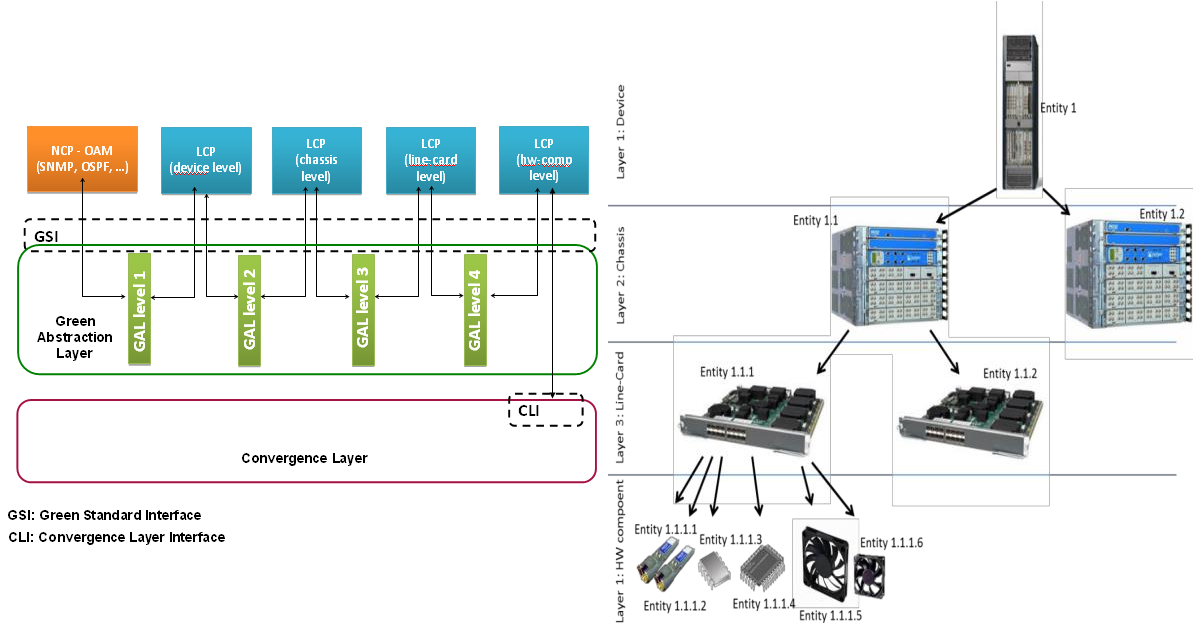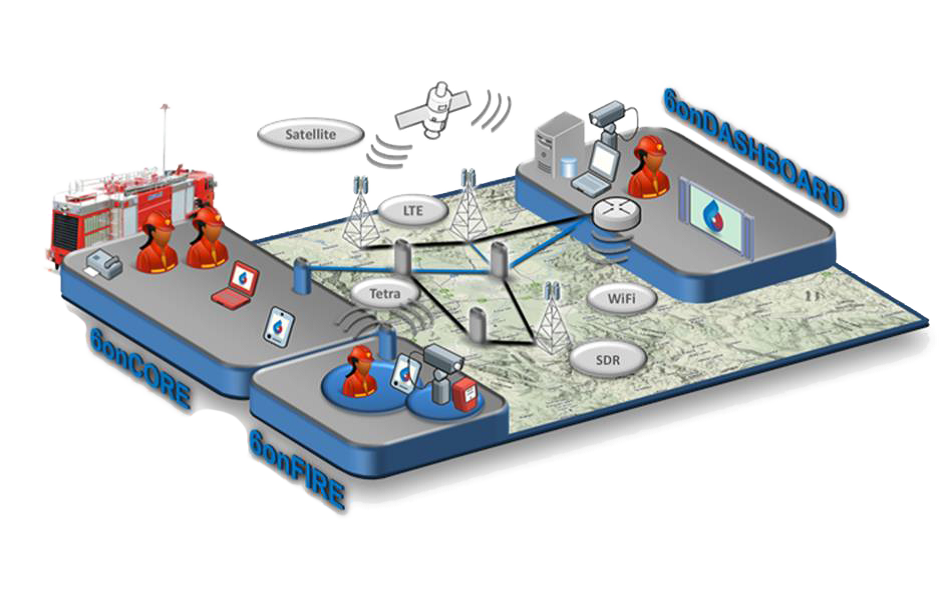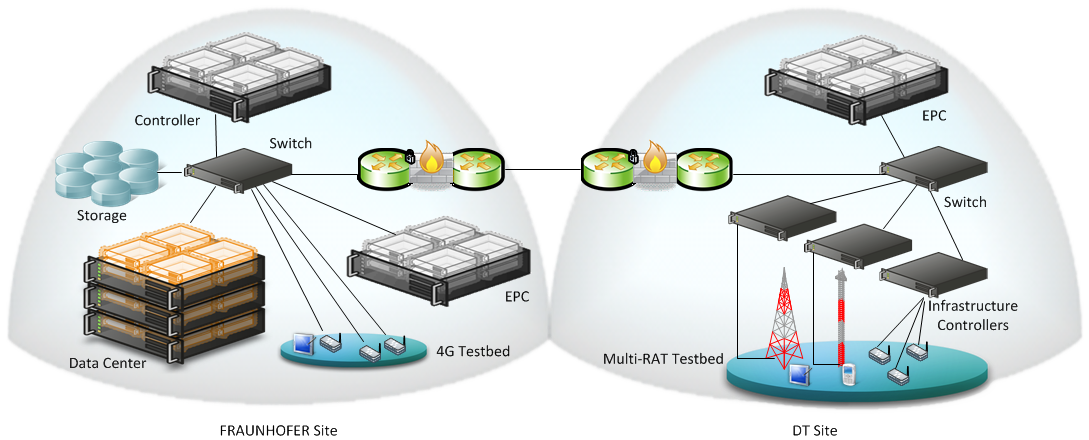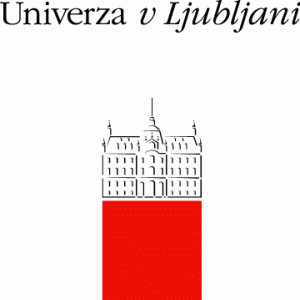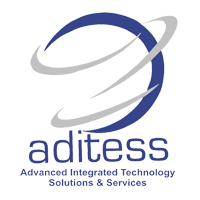The vision of ARCADIA is to provide a Novel Reconfigurable-By-Design Highly Distributed Applications’ Development Paradigm over Programmable Infrastructure. To do so, ARCADIA will rely on Modelling Artefacts, a concrete Toolset and a Methodology.
According to the flow of the Conceptual Architecture, a Developer is using an IDE in order to create a Highly-Distributed Application. We assume that he/she is using, at the source level, proper Development Architectural Patterns in order for the Application to be potentially distributed under specific configuration. Indicative examples of proper Development Architectural Patterns for one of the HDA challenges; namely Horizontal-Scalability. Failing to comply with HDA Development Patterns will impose a theoretical barrier to the developed HDA which cannot be raised or confronted by any Infrastructural Configuration.

Considering that a Developer complies with HDA Development Patterns, according to the ARCADIA flow, he/she will use a specific ARCADIA-IDE Plugin in order to provide specific Annotation at the source-level. These annotations will be instantiations of the ARCADIA Context Model. As analyzed below this model will conceptualize Application, Configuration and Infrastructural requirements that should be taken under consideration in order for an Optimal Infrastructural Configuration to be defined. According to the conceptual flow, this Optimal Configuration should be created and instantiated by the component which is called Smart Controller. This component is (among others) the HDA’s On-Boarding Utility which will undertake the tasks of i) translating annotations to optimal Infrastructural Configuration (through the Configuration Manager) ii) initialize the Optimal Configuration to the registered Programmable Resources (through the Deployment Manager) and iii) react pro-actively to the Configuration Plan based on the Infrastructural State and the HDA State (through the Autonomic Prediction and Reconfiguration Engine). At this point we should point out that, special care will be put in order for the Smart Controller to adhere to an Open and Extensible Architecture; in the sense that Future Programmable Infrastructural Elements should be smoothly on-boarded.
We will provide a short analysis of the fundamental ARCADIA artefacts; namely the ARCADIA Context Model, the ARCADIA Smart Controller and the Methodology for Highly Distributed Applications.


